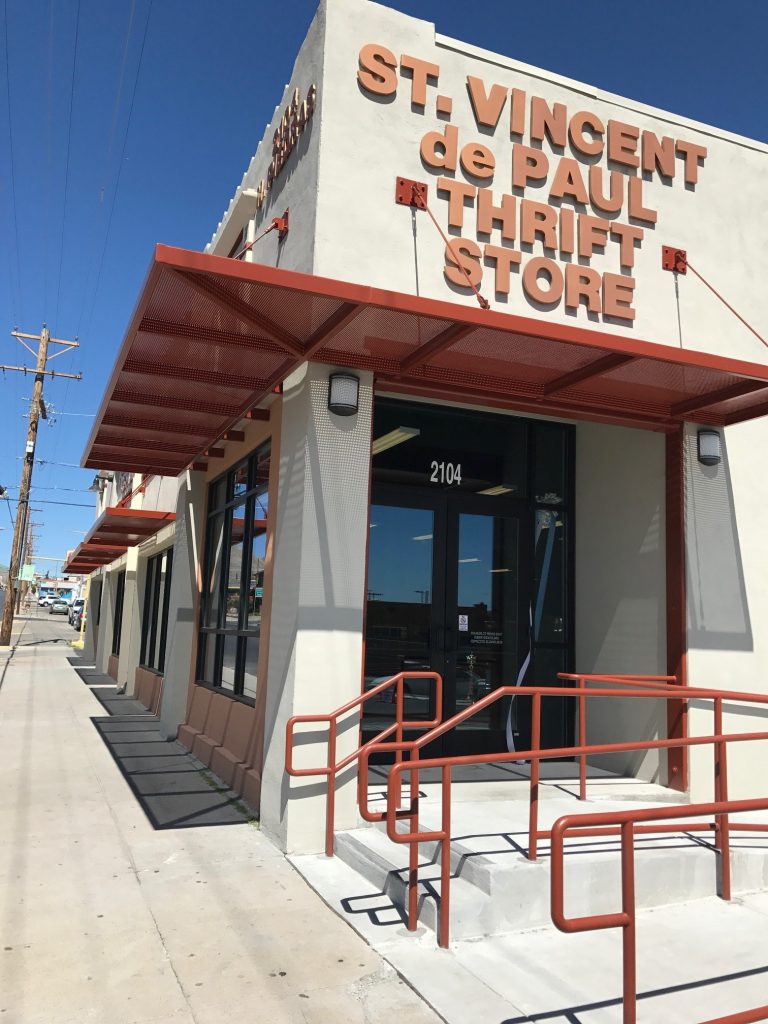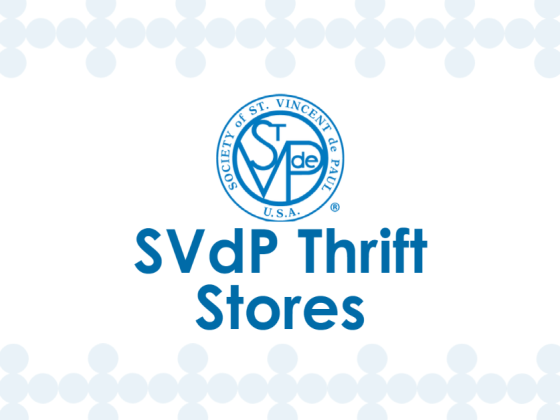A Discussion by Dave Barringer
National Chief Executive Officer
PART TWO
Different Pricing Concepts to Explore
(catch up on Part One here)
There are many ways to determine a pricing strategy, each with advantages and disadvantages for our thrift business. Here are the most common that may be worth your time and experimentation to try at one or more stores.
Two things to keep in mind: One, pricing is always temporary. Even dollar stores have items that are no longer a dollar. A unit price can rise and fall based on many factors, some quite temporary. Don’t be afraid to try a new higher price, for example, that fails if it does not deliver the desired results. Second, remember our base price was established earlier. Every tweak to your pricing strategy may create sales movement, but your costs in most cases are still the same. You may want to intentionally price below the profit line for a limited time or for limited products, but consistent pricing below this line will kill your business. Likewise, when you change the cost, you need to at least consider a pricing change to accommodate it and maintain the profit component. We can only absorb so much and stay afloat.
Discounting
Shoppers get excited with a sale! Different items on sale at different times keep up a good level of excitement and keep shoppers returning to the store. We need, however, to manage the process so that these sales are effective in our overall pricing and sales strategies. So, why put things on sale?
Overstocks
If we get so many items donated that we can’t store/warehouse them, or we have so many of the same product, consider discounting them to get them out the door. They might be a good candidate for BOGO (buy one, get one) for limited time. If the items are seasonal, such as shorts or Christmas items, sales can be an effective way to get them sold while demand is high. You make up the profits through quantities sold. However, again, if you are selling below our profit line, no quantity will help — you only lose more money with each item sold!
Loss Leading
Retailers place an artificially low price on certain items to drive store traffic increases. Through ads, word of mouth and in-store signage, a too-good-to-be-true price can bring in more shoppers. We see this most commonly for Black Friday sales in attempt to get people into the store and then to buy other things at more profitable prices. Thrift stores can use this strategy, usually by category (“All glassware 50% off this week!”) because we don’t have enough of a single item to make it work. However, you could consider using inexpensively purchased goods, or a large quantity of goods donated by a retailer or manufacturer, to make this work. Pricing, however, must be synched up with promotion and processing to make this work correctly.
Seasonal Sales
We know that some periods of the year bring us fewer or more shoppers. Every thrift store sees more customers between September and December, because we enjoy back-to-school, Halloween, and Christmas purchases. In some areas, weather dictates the selling season. With this knowledge, you can adjust your pricing strategy. Consider lower prices during down customer periods. First, it attracts more and repeat customers. Second, you may make less on each item but sell more items, keeping your profit per transaction closer to normal.
Value-Based Pricing
We get the history of mankind donated to our Stores program! Therefore, when we recognize an antique or collectible, we can price it closer to its real-world value instead of keeping it priced with all of the other similar but not rare items. For example, you may price all those baseball cards at twenty-five cents, but that Mantle rookie card worth $50,000 in the collectibles marketplace deserves a higher price (and probably gets pulled for an online sale). We want customers to find treasures, but when we see an obvious item of great value — jewelry, watches, art, fur coats, signed items, rare books, whatever — we owe it to our mission to get as much value as we can from it.
Good-Better-Best vs. Unit Pricing
Within the thrift industry, there are two schools of pricing thought. The Unit Pricing strategy says that every shirt is priced the same as every other shirt. A Good-Better-Best strategy says that we can divide shirts into two or more categories, each with its own price, depending on the perceived value. This value may be considered due to manufacturer/store brand or fashion or materials. Each strategy can work, but we need to look at the big picture. Unit pricing creates more speed in the processing area because fewer decisions need to be made, and all the labels look the same. If filling the racks consistently and fully is a challenge, you can’t slow down processing to make these decisions for the sake of what often amounts to small gains. Recognize too that customers will argue over which shirt belongs in each category — beauty (and proper price) is in the eye of the beholder.
Rotation Pricing
A popular and effective store strategy is to place all goods for sale into a rotation system. This means that each week, the piece changes downward from full price through various points to an ultimate clearance price. Why? Because we know from more than 100 years and thousands of stores in this business two important truths. One, overall you will only sell about 50 percent of what you collect. Two, 75% of what you will sell is sold within the first two weeks on sale, and 50% in the first three days! Therefore, full price is appropriate for the first week or two, followed in the third week by a discount, and then the fourth week is a price that only needs to be higher than what you will get from its salvage sale, such as a dollar a unit or by-the-bag price. This system maximizes realized profit values, and the customer decides what price they want to pay. They can pay full price when they first see it, or risk having someone else snap it up while they wait for a discount. With our usually one-of-a-kind items, this system works!
An alternative to the Rotation Pricing system is still to put everything on a rotation basis, but to wait until the last week or even only a few days of the item’s shelf life and then heavily discount it with no intermediate prices.
Clearance Sales
Some stores believe in a once monthly clearance sale, where everything in the store (okay, maybe a few exceptions such as antiques or furniture) is either a set very low price (“Everything a dollar!”) or set percentage (“Today only, everything 90% off!”) or full retail price. While this creates short-term excitement, it is risky. Are you training customers to only come in once a month? Are you accused of over-pricing goods at the beginning so that the clearance price just looks better? And most importantly, again, your costs have not changed, so will this strategy still cover them adequately and make the needed profit? With this system, you willingly sacrifice the profit from the items in their first and second weeks on sale because everything, even the freshest inventory, gets caught up in the same clearance sale.
Trickle or Tsunami Pricing
Having a long-range pricing strategy can help reduce customer ill will. A price increase of 40 percent across all items and all at one time might create shopper riots! But smaller increases, different per category and with a little at a time, is normal business in every other store in which they shop. We benefit as well from most items being unique, so shoppers don’t compare from one shopping trip to another quite so much. Know where you need to go and have a plan to get there that mediates sticker shock.
NEXT TIME: Part Three – Knowing What Actually Works
If you have a topic that you would like addressed in a future Stores Corner article, please contact Jeff Beamguard, National Director of Stores Support.


